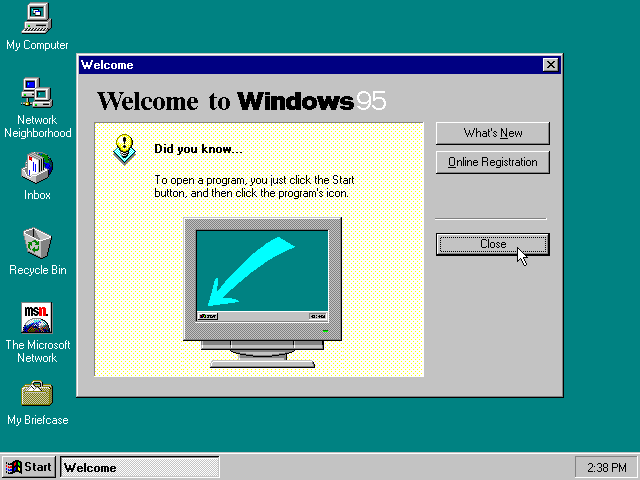w is for window
each issue of new terms & conditions is an entry toward building abc glossary — a glossary for an anti-colonial black feminist critical media ecology. contribute your own new term & condition at abcglossary.xyz to be part of this project.
a window is a framed opening or area on a display screen for viewing visual information. windows give us options for what and how to see. windows as portals have taken on new meaning with technology as a medium — windows became both a computer function and a software. they grant us the ability to exist in multiplicity across screens, in various quadrants, and tabs housed on our computers.
A window is a separate viewing area on a computer display screen in a system that allows multiple viewing areas as part of a graphical user interface (GUI). Windows are managed by a windows manager as part of a windowing system.
A window can usually be resized by the user. For example, it can be stretched on any side, minimized, maximized, and closed. On today's multitasking operating systems, you can have a number of windows on your screen at the same time, interacting with each whenever you choose.1
Windows are the passageways through which our curiosities connect and let us hold a piece of each other. in 1985, microsoft appropriated the term “window” to create windows, the most popular desk operating systems of the 80s and 90s (and continues to be). we were soon programmed on how to operate a window upon the release of Windows 95 — the first consumer-friendly version.2

the icons we were conditioned to click, the menus, buttons, and folders became the organizing systems of our (computer) memory. this evolution was part of the commercialization of computers that needed to appeal to consumers. The first version of windows was windows 1.0, released on November 20, 1985, in response to the growing interest in graphical user interfaces (GUIs, pronounced “gooey”).

computer scientists and engineers began to construct new ways of ordering the world — and like any design we must question the decisions, both explicit and implicit, of the architect.
[Apple] Lisa was the first commercial computer to include a GUI. Before this, computer monitors appeared black, a color native to screens at the time, upon which lines of code were input in green or white characters. Between the Xerox Alto and Apple Lisa, the negative space of the screen began to appear white, replacing the black command-line interface used on computers prior to that.
The Apple Lisa outsold the black-screened Apple II of 1977, offering buyers the ability to point and click on “folders” and “windows” in white space reminiscent of blank paper sheets.3
the once black screens became the illuminating white that helped usher in the aesthetics of sleek, efficient, and modern design. as american artist continues to write in their essay black gooey universe:
The transition of the computer interface from a black screen, to the white screen of the 70s, is an apt metaphor for the theft and erasure of blackness, as well as a literal instance of a white ideological mechanism created with the intent of universal application.4
a window is a framed opening. a window frames information. windows frame our worlds and our view into the worlds of others with each click. what worlds do you want to see inside of your window? how can this world come to fruition beyond just your window? now more than ever, we must turn possibility into a window.
pouring tremendous amounts of love and peace from my window to yours.
“definition: window,” via a techtarget contributor ↩
Microsoft windows, wikipedia ↩
black gooey universe, p. 39, american artist (Winter 2018) ↩
black gooey universe, p. 39, american artist (Winter 2018)
Add a comment: